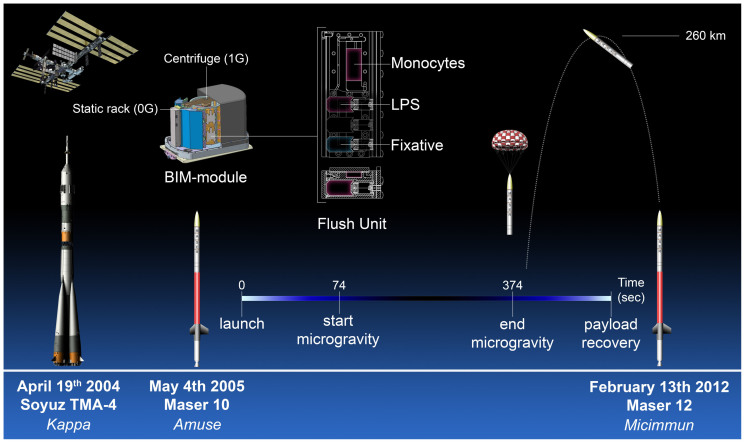Figure 1. Summary of the experimental procedure and the timeline.
The experiment was repeated three times. The first experiment was performed as part of the 2004 Soyuz TMA-4 campaign. Under the name Kappa it was executed during a manned flight to the International Space Station. The experiment was repeated in 2005 during the Maser 10 mission (Amuse) and again in 2012 during the Maser 12 mission (Micimmun). Both missions used sounding rockets to carry the experiment into space. During a parabolic flight the rocket reaches an altitude of approximately 260 km allowing for 5 to 6 minutes of microgravity. The experiments are performed in automated climate chambers termed Flush Units. The Flush Units are placed within the BIM module. The module regulates ambient temperature aboard the rocket and provides electricity to the Flush Units during flight. As an onboard control the Flush Units can be placed in a centrifuge which spins at a speed equal to the force of gravity. The other units are placed on a static rack and are allowed to experience microgravity. Prior to the flight the monocytes are placed inside a rectangular chamber containing two glass slides to which the monocytes attach. At the start of microgravity a timed mechanism releases a spring plunger which replaces the medium in the culture chamber with medium containing LPS. At the end of microgravity a similar mechanism replaces the LPS containing medium with fixative. We would like to acknowledge NASA and Dutch Space for the use of their illustrations in this figure.

